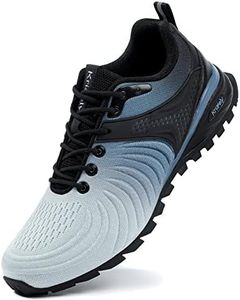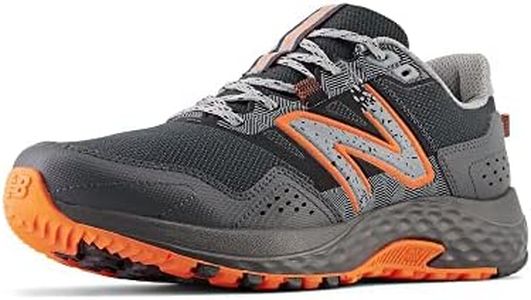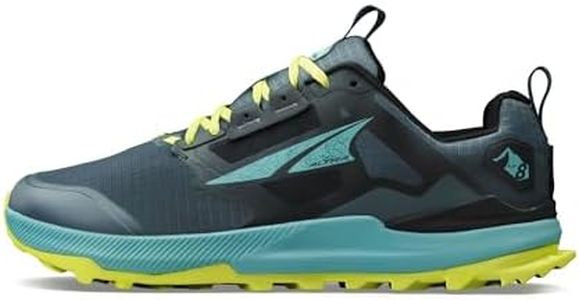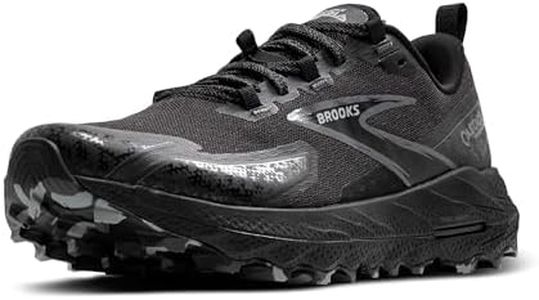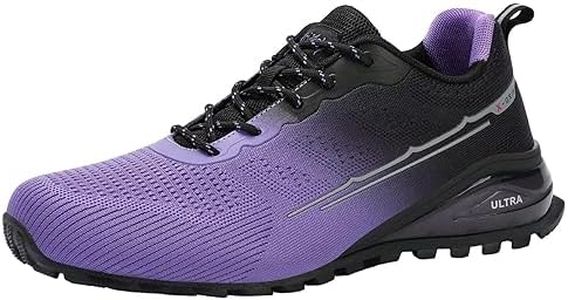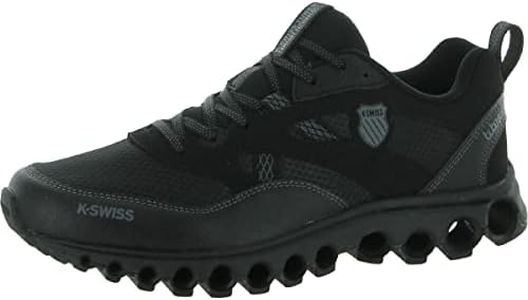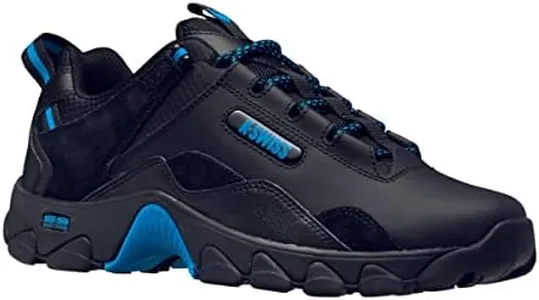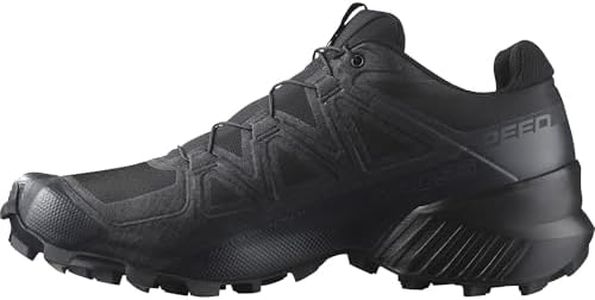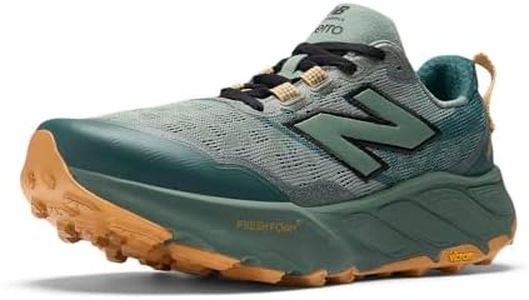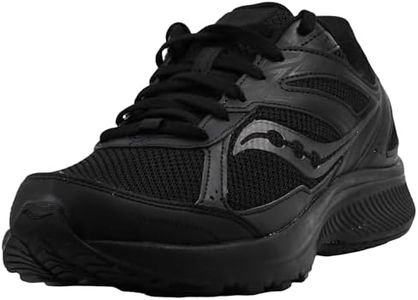10 Best Men's Trail Running Shoes 2025 in the United States
Our technology thoroughly searches through the online shopping world, reviewing hundreds of sites. We then process and analyze this information, updating in real-time to bring you the latest top-rated products. This way, you always get the best and most current options available.

Our Top Picks
Winner
ALTRA Men's Lone Peak 9 Trail Running Shoe, Navy, 9
Most important from
375 reviews
The Altra Lone Peak 9 trail running shoe is designed for comfort and natural foot movement. Its roomy toe box allows toes to splay naturally, enhancing stability on uneven trails. The breathable mesh upper keeps feet cool during long runs, contributing to comfort in warmer conditions.
Featuring a rubber outsole that provides decent traction, the shoe may not be optimal for very slippery or technical terrains due to lack of specific advanced grip features. Cushioning is provided mainly by an EVA insole, offering moderate comfort that may be less plush compared to other trail shoes focused on extra shock absorption. Pull tabs make it easy to put on and take off.
This shoe is ideal for trail runners who prioritize comfort and natural foot movement on mild to moderate trails. It may not be the best choice for those requiring heavy-duty protection or water resistance.
Most important from
375 reviews
New Balance Men's 410 V8 Trail Running Shoe, Black/Cayenne/Shadow Grey, 11.5
Most important from
2809 reviews
The New Balance Men's 410 V8 is a solid choice for trail runners seeking reliable grip and comfort without heavy or complicated features. Its AT Tread outsole is designed to provide good traction on various surfaces, making it versatile for both trail and light off-road use. The soft BIO Foam midsole offers decent cushioning to help absorb impact, which is important for running on uneven ground.
The synthetic upper, combined with durable overlays, gives a balance of breathability and protection, though it does not include specific waterproof or water-resistant features, so it may not be ideal for wet conditions. With a lace-up closure, the shoe offers a secure and adjustable fit that most runners will appreciate for stability. Weighing about 2 pounds, it is moderately weighted—not too heavy but not ultra-light either—suiting those who prioritize durability over speed.
This shoe provides decent support and protection against trail obstacles but lacks the advanced stability features found in more specialized trail shoes. It serves as a dependable and comfortable option for casual and moderate trail running rather than for intense or highly technical terrains.
Most important from
2809 reviews
ALTRA Men's Lone Peak 8 Trail Running Shoe, Black/Green, 10
Most important from
664 reviews
The ALTRA Men's Lone Peak 8 Trail Running Shoe seems to be a solid choice for trail runners looking for a mix of comfort and performance. One of the standout features is its MaxTrac outsole coupled with the TrailClaw lug pattern that offers notable traction, which is vital for navigating tricky terrains. The shoe's 25mm stack height provides ample cushioning, making long runs significantly more comfortable. This cushioning can help reduce fatigue, allowing you to tackle more rugged trails with ease.
The refined upper material promises durability, and the roomy toe box designed by eNatural Fit allows for natural toe splay, enhancing comfort and support during runs. The lace-up closure ensures a secure fit, and the mesh outer material likely offers breathability. At 3 pounds, the weight is on the heavier side, which might be a consideration for those prioritizing lightweight shoes.
The shoe appears to focus on comfort and a natural running experience, making it ideal for both beginners and seasoned trail runners. However, those running in extremely wet conditions might need to consider additional water-resistant options.
